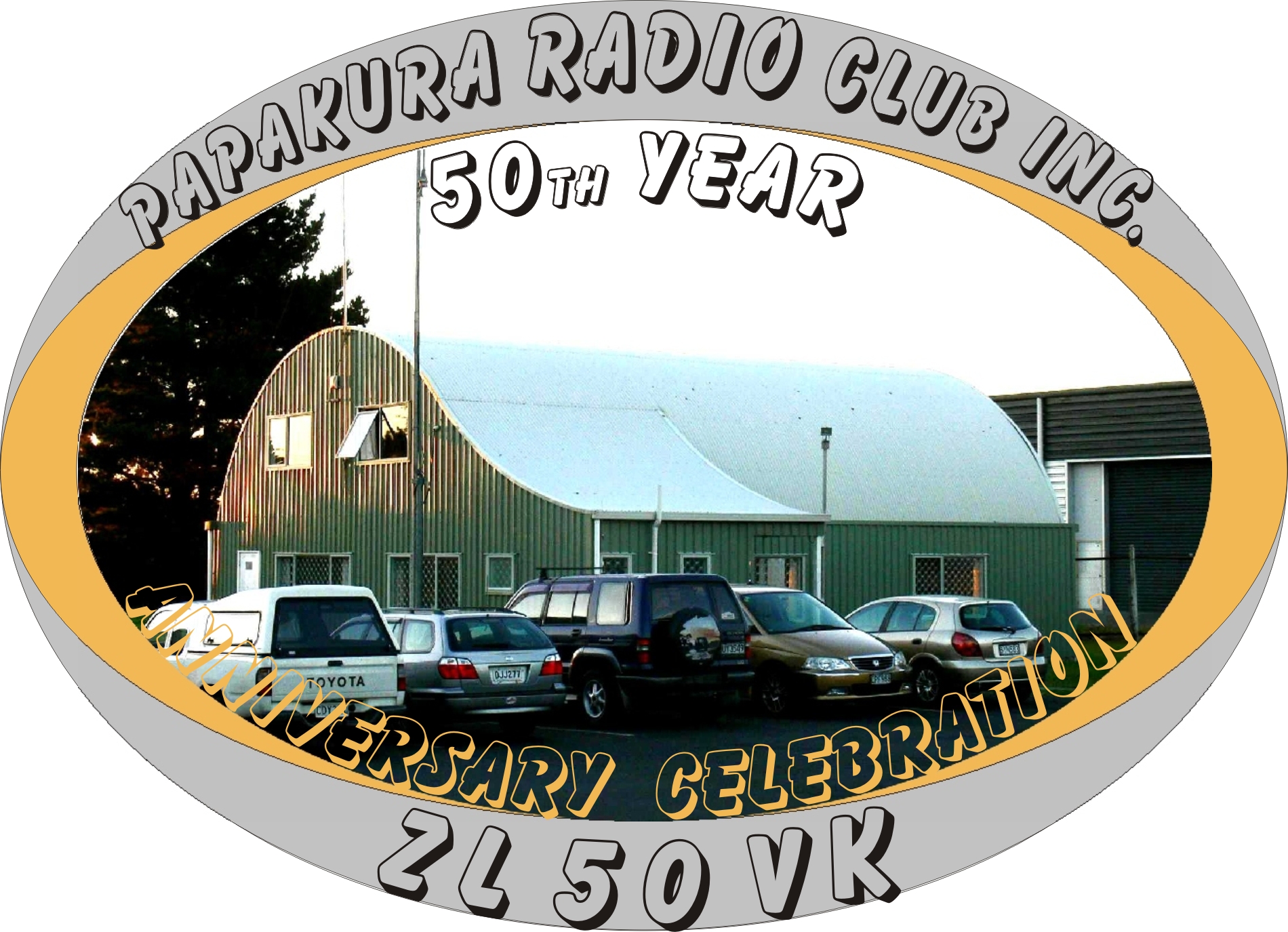| The following from InfoLine... 1st May 2005
Issue # 94
The current status of the National System changeover at the time of
issue of this issue of HQIL is:
Brynderwyn, Bay of Islands and Far North - waiting arrival of crystals
(due any day now).
Once the crystals are on hand, frequency changes will be implemented
progressively over the next three weeks, beginning with Brynderwyn, then
Bay of Islands, then Far North.
Klondyke. Waiting arrival of crystals. Once on hand, the new frequencies
will be put on air with filters re-tuned. (UPDATE... should be operational
Sunday May 15, 2005) From Klondyke, the link to Kaimai, Rotorua
and Edgecombe will not be changed to the new frequencies until October.
Amateur stations who use the National System from these sites will not
have National System access until mid-October.
Egmont (Taranaki) � The equipment was removed for frequency change and
re-tuning last Tuesday 26th April. Because of limited access to
this site, the equipment will not be re-installed for another three
weeks.
Te Aroha, Napier, Gisborne. Work is underway and will be completed once
the new crystals are on hand. The National System will not be fully linked
until Egmont back on air. The same applies to Rangitoto.
Mount Erin � The duplexer and repeater will be removed for the changeover
tomorrow. Crystals are due in the next day or so.
Kapiti � Operational on its new Frequencies � nobody to hear yet!
Wellington (Belmont) � Awaiting the arrival of crystals for this site.
Once on hand, the site should be operational almost immediately.
Nelson � the intermediate site Saddle Hill is waiting crystals that
are due anytime. The Nelson local repeater equipment was removed today
Sunday 1st May and should be back in service next weekend.
Murchison � This site is expected to changeover within the next month.
Its change is dependant upon a service visit by the site owners.
Blue Duck � The conversion is complete, and operational on new frequencies.
Christchurch, Dunedin � The conversion complete, operational on new
frequencies.
Readers will note the huge co-ordination effort and planing that has
been required for this changeover. My thanks to ZL1TGC, ZL2TAR, ZL2SX,
ZL2HD and ZL2TVM for assistance in compiling this report. - ZL2BHF
Ed |
